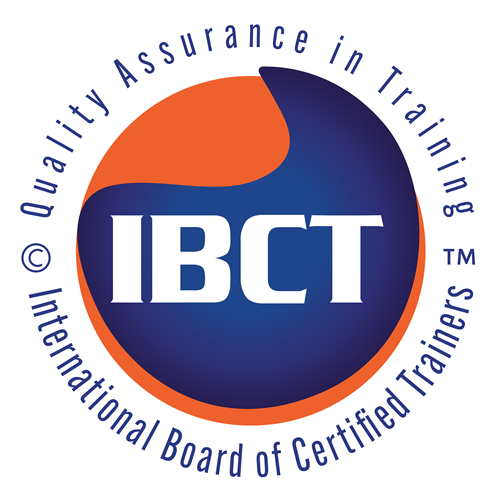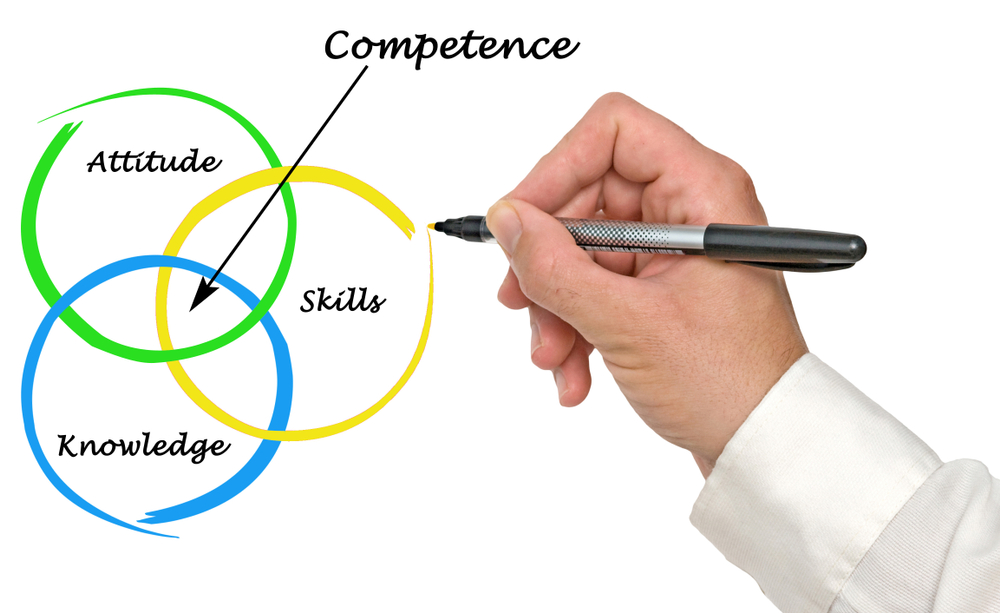IBCT Competence Model
Our state-of-the-industry role-competence model is setting the pace of excellence in the training and HRD fieldIBCT
Role-Competence Model
Our state-of-the-industry role-competence model is setting the pace of excellence in the training and HRD field. In fact, it is leading the profession the right way. As the earliest organization that certifies trainers and talent professionals globally, it is safe to say we are the pioneers in this industry.
We invite trainers and talent development professionals to come on board and grasp the know-how that is much needed for them to stay ahead of the new future work skill. This is by virtue of the IBCT role-competence profile in which we have set professional standards for now and the future performance.
The McLagan Competency Framework that has been scientifically researched and developed has been adopted and enriched by IBCT as a core model for qualifying and certifying trainers and talent development professionals. The IBCT competence model clearly defines 14 roles coupled with 45 competencies in 4 categories and 5 performance clusters. All competencies contain a mix of three elements: knowledge, skills, and attitude.
IBCT certified trainers demonstrate new work skills as an innovative role model. They are indeed leading by example. As we prepare trainers for their journey ahead, we employ our holistic role-competence model as the starting point during training, evaluation, and certification of trainers.
Categories
Competences
Roles for Trainers
The IBCT Competence Model
The IBCT role-competence model defines 14 roles coupled with 45 competencies in 4 categories and 5 performance clusters. The presented illustration shows a few samples of the roles and competencies. To get our full model, please contact us. All competencies contain a mix of three elements: knowledge, skills, and attitude.





